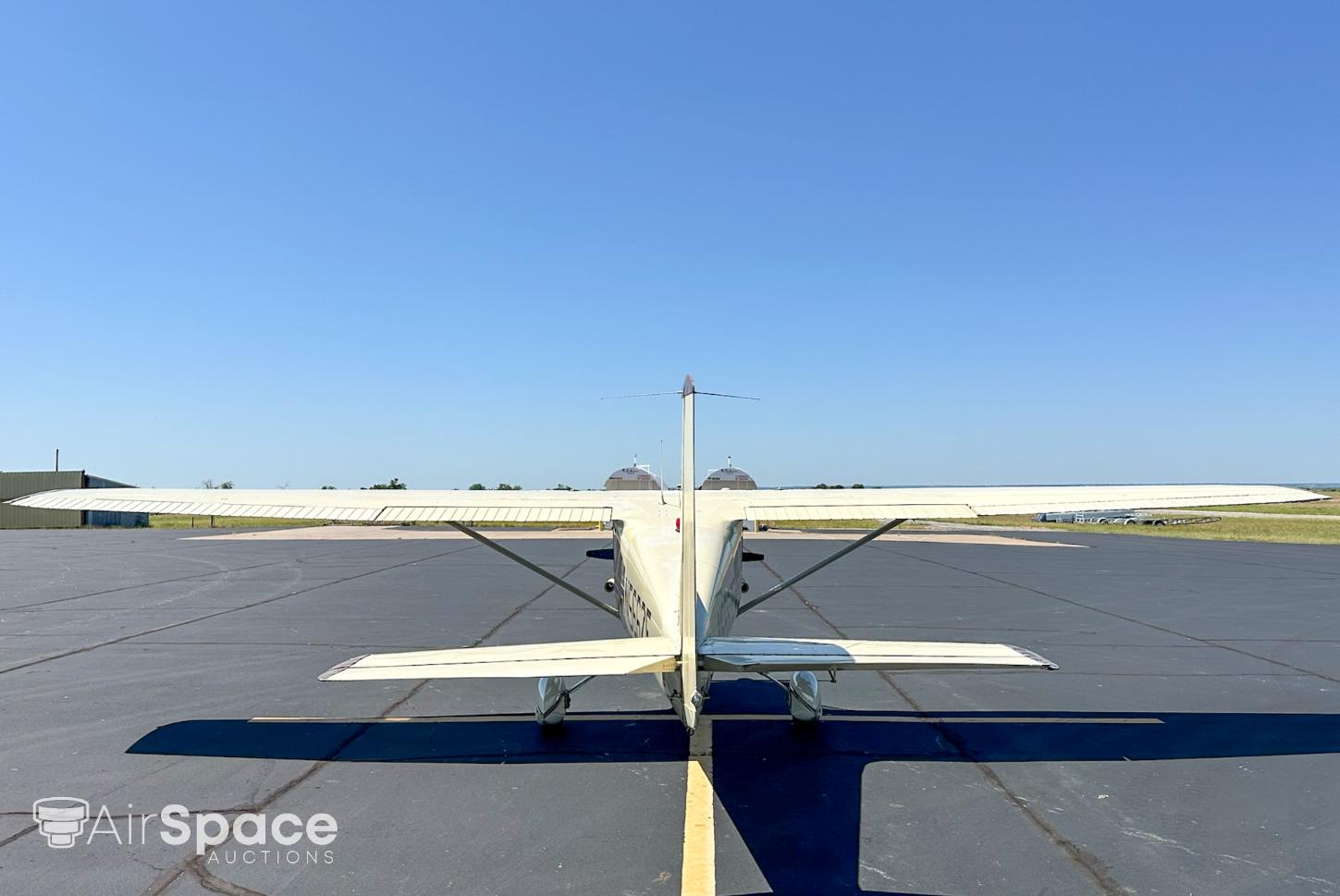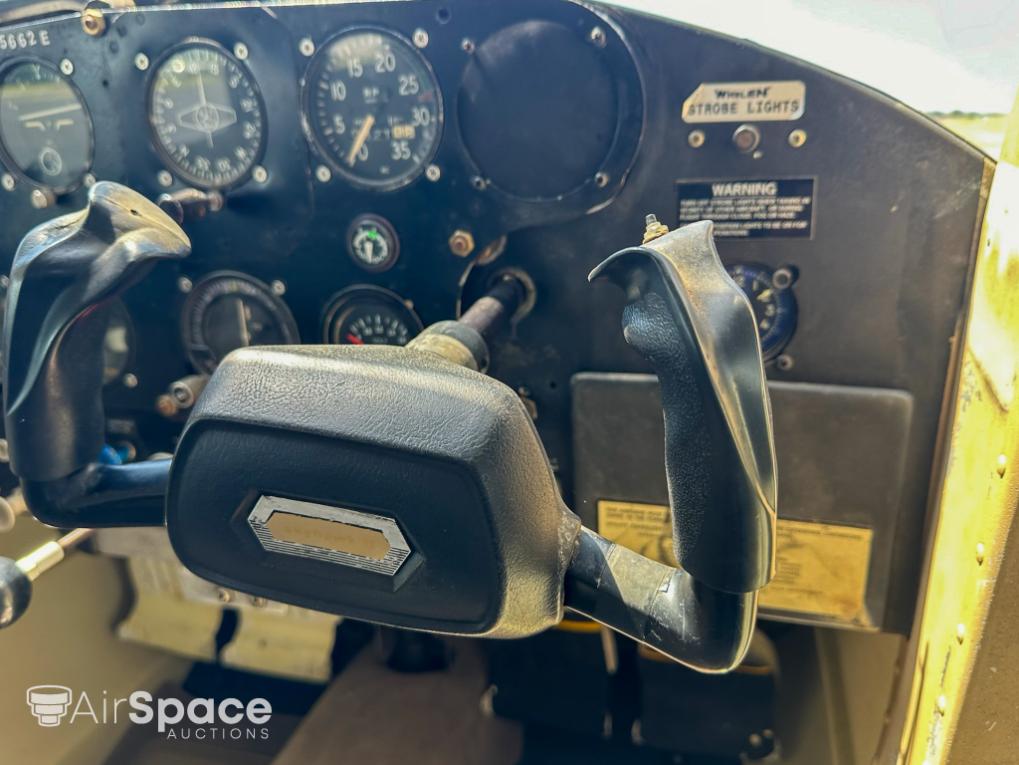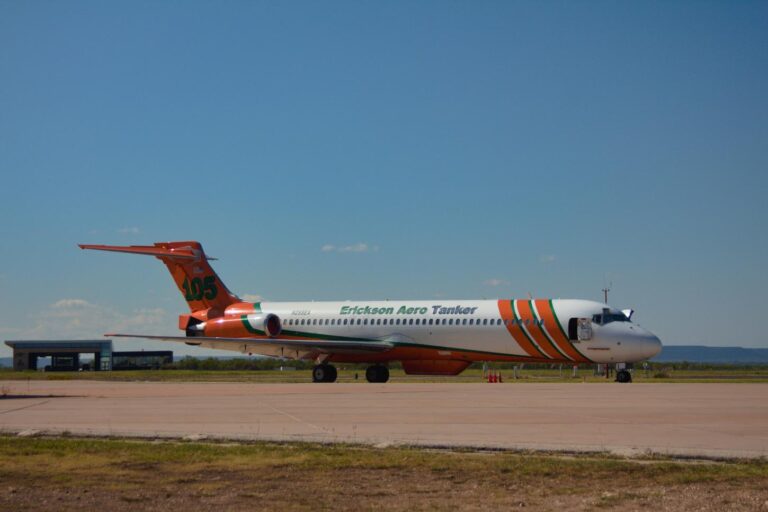The 1959 Cessna 150: A Comprehensive Overview
The 1959 Cessna 150 is a remarkable example of aviation history, blending classic design with modern updates to create a reliable and efficient aircraft. With its rich history, versatile uses, and recent interior overhaul, this aircraft stands out as a prime choice for both seasoned pilots and aviation enthusiasts. Additionally, this aircraft will be auctioned with 0% commission, and 100% of the proceeds will benefit the Hamilton Soaring Club, a non-profit based in Hamilton, Texas. The club has an exceptional glider training program that graduates multiple young aspiring pilots into licensed pilots, all under the guidance of volunteer staff. The kids in the program help clean and maintain the fleet and hangar, and participate in community events that build friendships with their peers and instructors alike. This blog post will delve into the history of the Cessna 150, its uses, the history of Cessna, and highlight its new interior. We will also provide detailed information about the aircraft’s airframe, prop, engine, avionics, exterior, interior, and additional features, as well as details about the upcoming auction.
History of the 1959 Cessna 150
The Cessna 150 was first introduced in 1958 as a successor to the Cessna 140, with the goal of providing an affordable and accessible training aircraft. The 1959 model marked the second year of production and quickly gained popularity due to its ease of handling, affordability, and durability. Over the years, the Cessna 150 has been widely used for flight training, personal use, and recreational flying, making it one of the most produced light aircraft in aviation history with over 23,000 units built.

Cessna Aircraft Company History
The Cessna Aircraft Company, founded by Clyde Cessna in 1927, has a long and storied history in the aviation industry. Clyde Cessna, an aviation pioneer, built his first aircraft in 1911. The company saw significant growth and innovation through the mid-20th century, producing a range of aircraft from small trainers to business jets. The Cessna 150 is a testament to Cessna’s commitment to creating reliable, easy-to-fly aircraft that have trained countless pilots worldwide.
Uses of the Cessna 150
The Cessna 150 is primarily used as a training aircraft due to its simple design, forgiving flight characteristics, and low operating costs. Flight schools around the world have relied on the Cessna 150 to introduce new pilots to the fundamentals of flight. Additionally, the aircraft is popular among private owners for recreational flying and short cross-country trips. Its versatility and ease of maintenance make it a favored choice for pilots looking to build flight hours or simply enjoy the pleasure of flying.

New Interior: A Highlight of Modern Comfort
One of the standout features of this particular 1959 Cessna 150 is its new interior. The refurbishment includes tan seats, paneling, and ceiling with a black panel, creating a comfortable and stylish environment for pilots and passengers. The new interior not only enhances the aesthetic appeal of the aircraft but also improves comfort and functionality. This upgrade demonstrates a commitment to providing a great balance of value and performance, ensuring that the aircraft remains a joy to fly and own.

Detailed Overview of the Aircraft
Airframe
The airframe of this 1959 Cessna 150, registration number N5662E, serial number 17162, is in overall good condition with a total time of 5276.16 hours. The aircraft has been well-maintained and recently underwent an annual inspection on June 5, 2024. Its robust design and proven durability make it a reliable choice for any pilot.

Engine
The aircraft is powered by a Continental O-200-A engine, serial number 1172-8-A, delivering 100 horsepower. The engine has a total time of 5276.16 hours, with 1049.76 hours since major overhaul (SMOH) and 640.11 hours since top overhaul (STOH). The major overhaul was performed by Airframe Powerplant Inc in September 1976, and the top overhaul was completed on October 10, 1994. This engine configuration ensures dependable performance and efficiency.

Propeller
Equipped with a Sensenich propeller, hub design M69CK, hub serial number K236, the propeller has a pitch of 52 inches and a diameter of 69 inches. This propeller setup complements the engine well, providing smooth and efficient thrust for the aircraft.

Avionics
This 1959 Cessna 150 is equipped with a comprehensive and modern avionics suite, ensuring a safe and efficient flight experience. The avionics include an airspeed indicator, Stratus ADS-B in and out for enhanced situational awareness, and an MC170 comm radio and nav for reliable communication and navigation. Additionally, the aircraft features an altimeter, vertical speed indicator, turn coordinator, artificial horizon, compass, directional gyro, and an ILS (Instrument Landing System). These instruments provide critical flight data, making the aircraft well-suited for both training and recreational flying. The avionics panel also includes an RPM gauge, volt meter, clock, fuel gauge, oil pressure gauge, and oil temperature gauge, giving the pilot full visibility over the aircraft’s performance and systems.

Exterior
The exterior of the aircraft features a classic base tan color with a brown cowling and stripes. It also includes nice wheel pants, adding to the overall aesthetic appeal and aerodynamic efficiency.
Interior
The newly refurbished interior is one of the most notable features of this aircraft. With tan seats, paneling, and ceiling, and a contrasting black panel, the interior offers a modern and comfortable environment. This upgrade enhances both the look and feel of the cockpit, providing a pleasant flying experience.
Additional Features
This Cessna 150 comes with several additional features that enhance its utility and ease of use. It includes a tow bar, which facilitates easy ground handling and movement of the aircraft. A control lock is also provided to secure the control surfaces when the aircraft is parked, preventing damage from wind gusts. Additionally, a fuel tester is included, allowing the pilot to check for fuel contamination before flight. These features contribute to the overall convenience and safety of the aircraft, making it a practical choice for pilots.

Upcoming Auction Information
This 1959 Cessna 150 is set to be auctioned, with 100% of the proceeds going to the Hamilton Soaring Club, a non-profit based in Hamilton, Texas. The Hamilton Soaring Club has an exceptional glider training program that graduates multiple young aspiring pilots into licensed pilots. The club is staffed entirely by volunteers, and part of the program requires kids to help clean and maintain the fleet and hangar. Additionally, the club hosts community events for the kids to build friendships with their peers and instructors alike. This auction is a fantastic opportunity to support a worthy cause while acquiring a well-maintained aircraft.
Auction Details:
Auction Dates: July 10, 2024 – July 17, 2024
Minimum Bid: $15,000
Buyer Premium: 0%
Deposit Required: $2,000
Conclusion
The 1959 Cessna 150 being auctioned is an excellent example of a classic aircraft with modern updates. Its new interior, fresh annual inspection, and recent major service make it a reliable and attractive option for pilots. By participating in this auction, bidders have the opportunity to support the Hamilton Soaring Club and help young aspiring pilots achieve their dreams. With its rich history, versatile uses, and new interior, this Cessna 150 represents a perfect blend of value and performance.






















